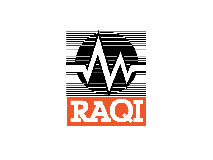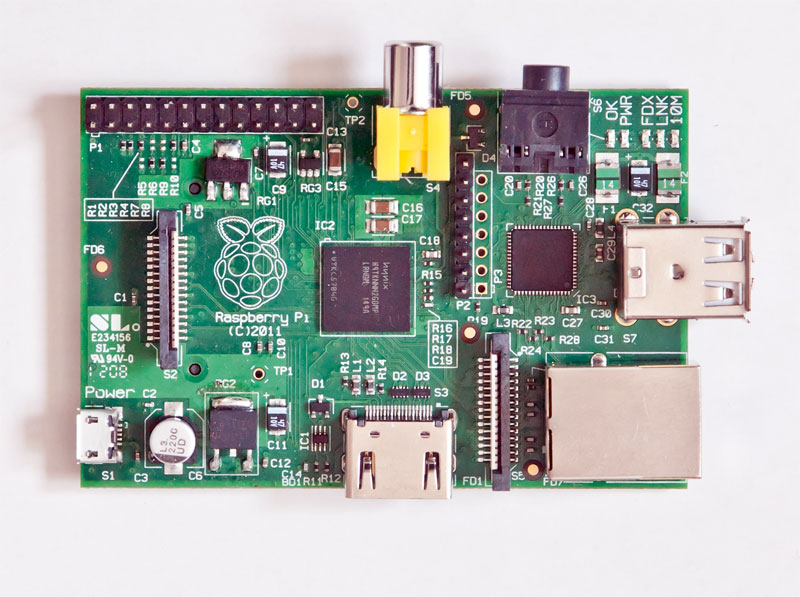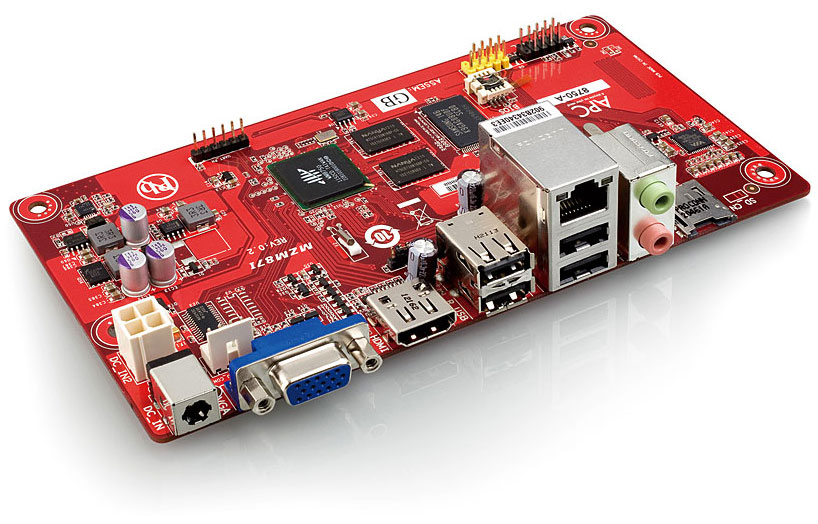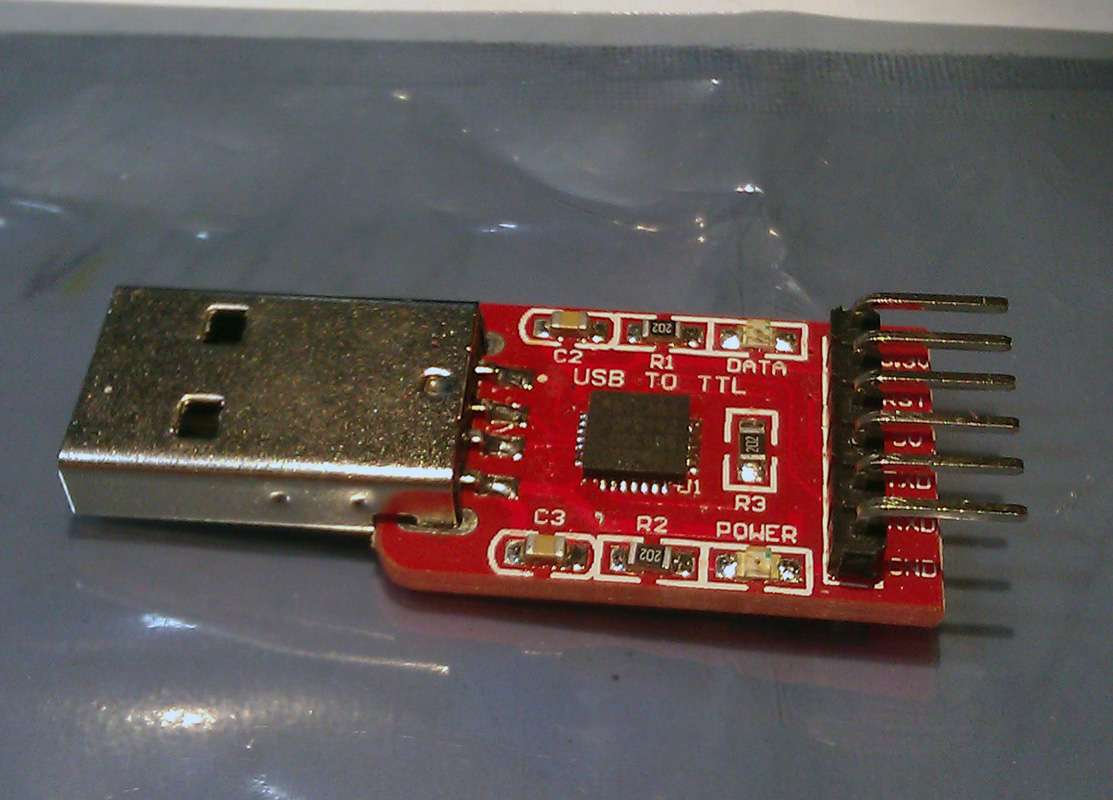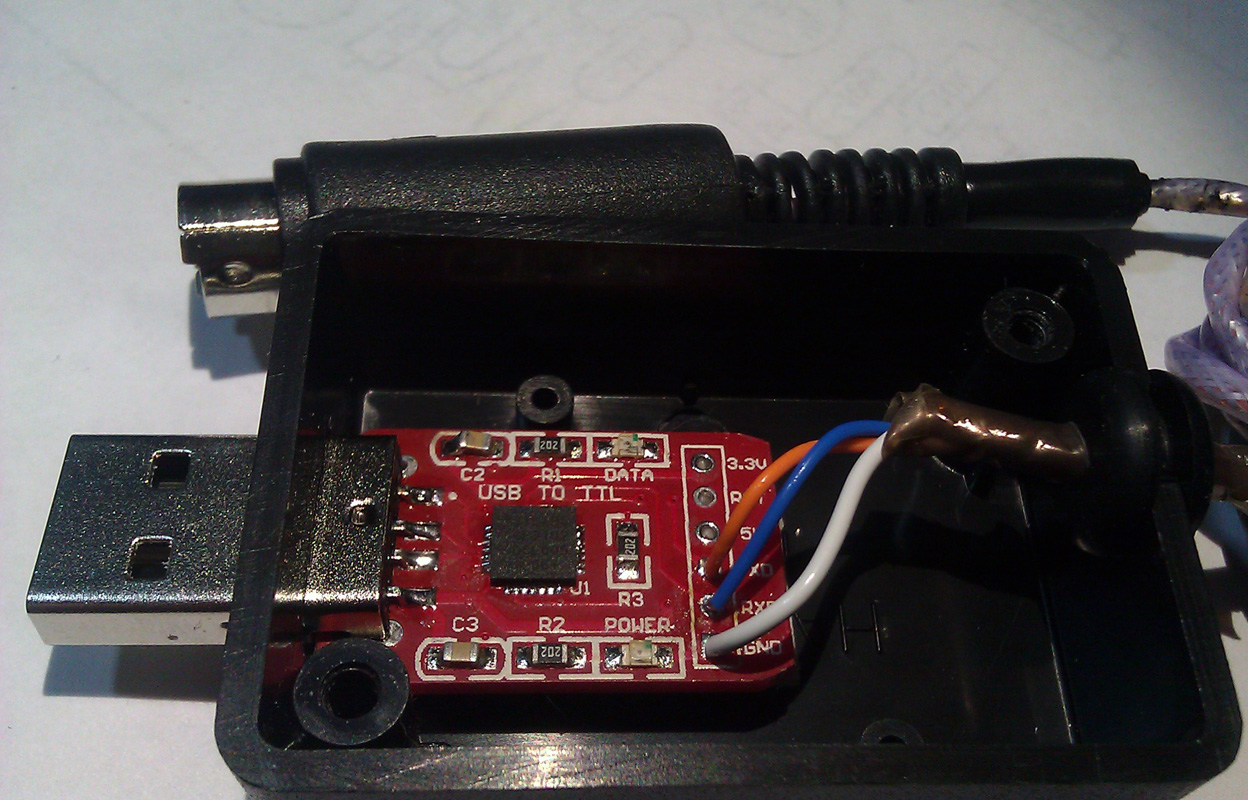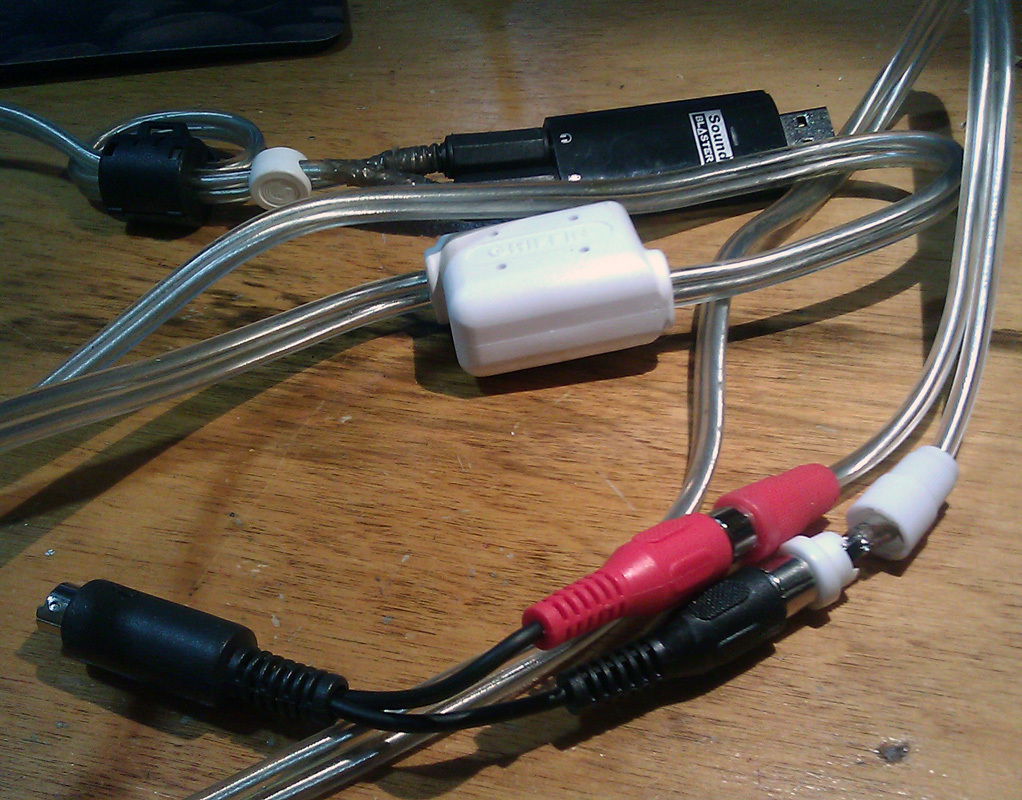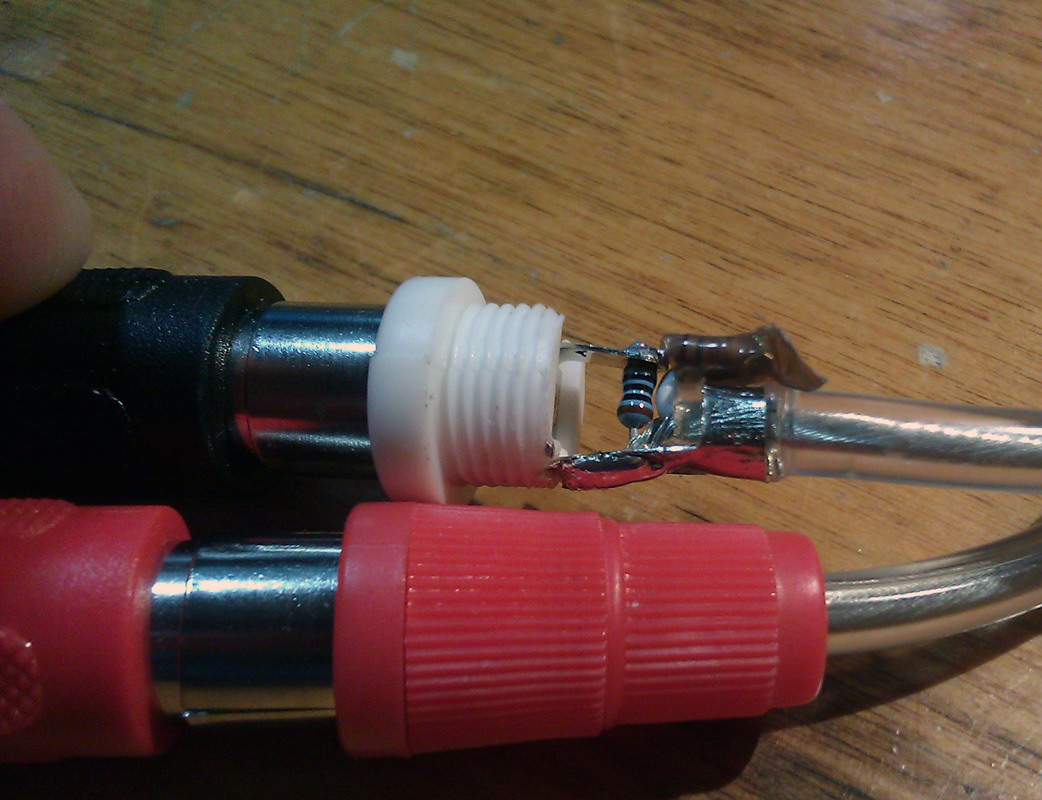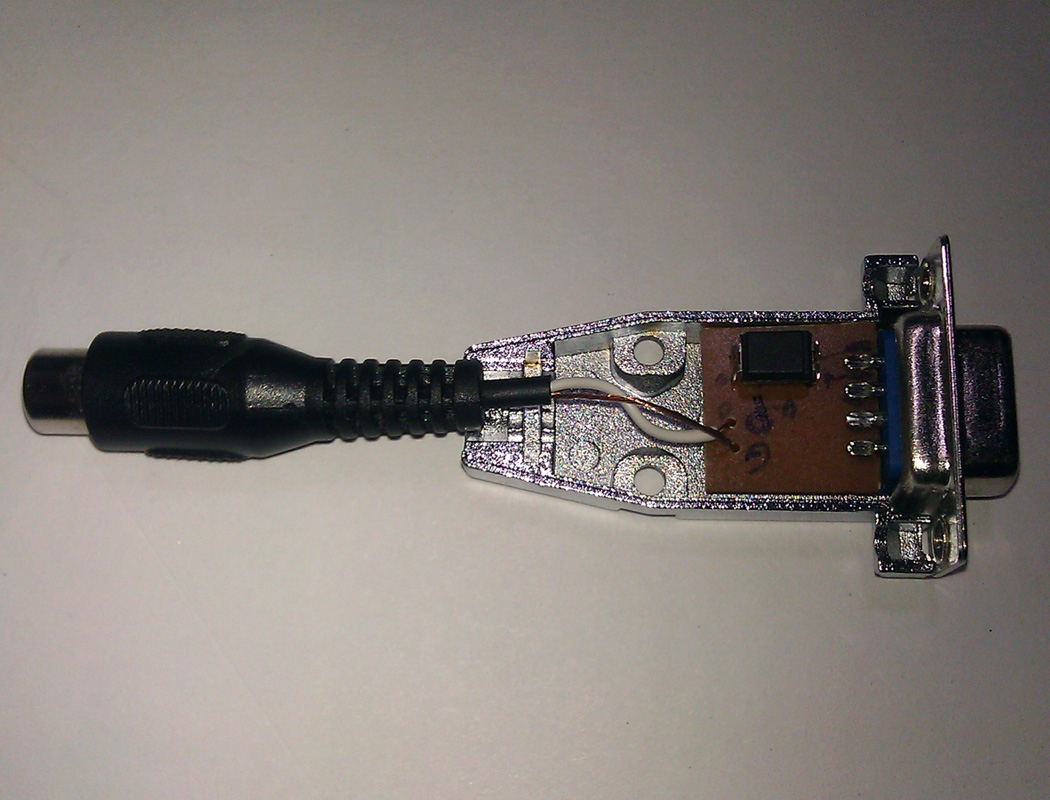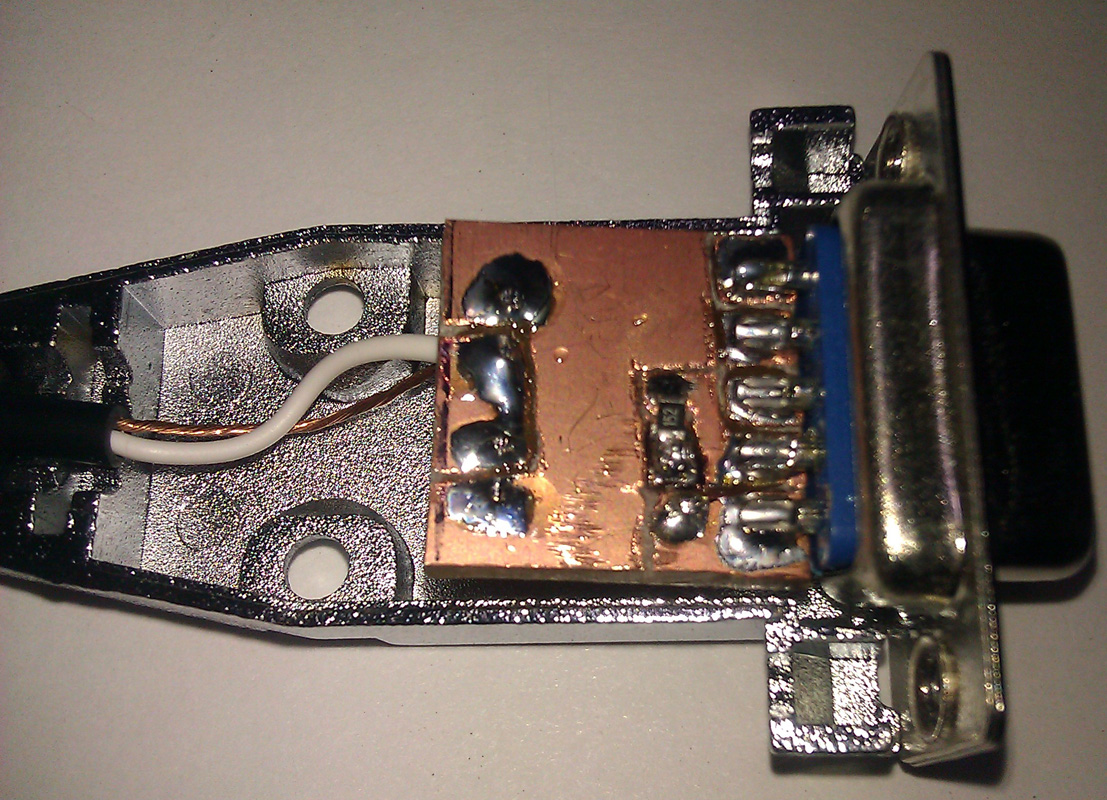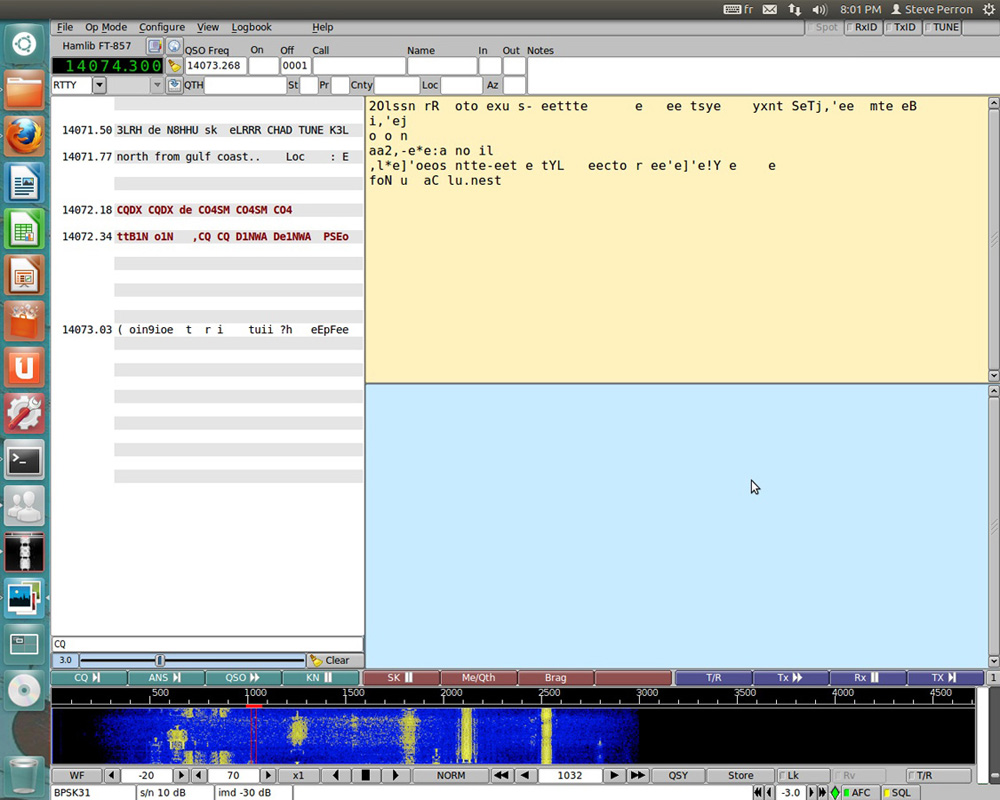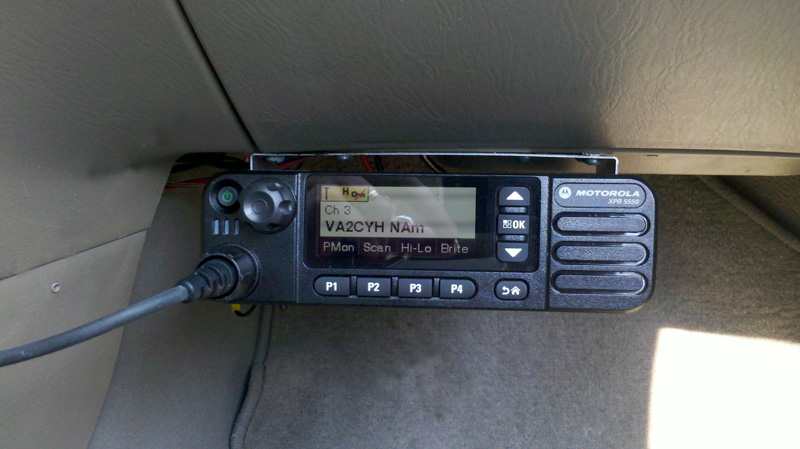2nd and 3rd order intermods are usually the largest ones, with 4th, 5th, etc… the least bothersome due to their levels inherently and continuously decreasing.
How are intermodulation products generated?
In areas with numerous closely spaced transmitter antennas or with a large number of mobile stations in operation, possible generation of intermodulation products is considerable.
The output from one transmitter antenna may be radiated into an adjacent transmitter antenna causing unwanted frequencies to appear at the output stage of the transmitter.
The transmitter outputs often operate in "class C" and the non-linear performance of the output transistors may mix with the unwanted input signals, thus radiating new products in addition to the required frequency.
What products are generated?
The various frequencies that occur in connection with mixing in the transmitter outputs can be found by a mathematical calculation of the performance of non-linear circuits. The terminology used to define intermodulation products classifies their order as 2nd order, 3rd order, 4th order, etc.
The frequencies are now calculated as the sum or difference between these intermodulation products.
2nd order
2 stations
|
A + B
A - B |
156 + 154 = 310 MHz
156 – 154 = 2 MHz |
3rd order
2 stations |
2A + B
2A – B A + 2B 2B – A |
2 x 156 + 154 = 466 MHz
2 x 156 – 154 = 158 MHz 156 + 2 x 154 = 464 MHz 2 x 154 – 156 = 152 MHz |
3rd order
3 stations |
A + B – C
A + C – B B + C – A |
156 + 154 – 158 = 152 MHz
156 + 158 – 154 = 160 MHz 154 + 158 – 156 = 156 MHz |
5th order
2 stations |
3B – 2A
3A – 2B |
3 x 154 – 2 x 156 = 150 MHz
3 x 156 – 2 x 154 = 160 MHz |
5th order
3 stations |
2A + B – 2C
A + 2B – 2C 2A + C – 2B A + 2C – 2B 2B + C – 2A 2C + B – 2A |
2 x 156 + 154 – 2 x 158 = 150 MHz
156 + 2 x 154 – 2 x 158 = 148 MHz 2 x 156 + 158 – 2 x 154 = 162 MHz 156 + 2 x 158 – 2 x 154 = 164 MHz 2 x 154 + 158 – 2 x 156 = 154 MHz 2 x 158 + 154 – 2 x 156 = 158 MHz |
7th order
2 stations |
4A – 3B
4B – 3A |
4 x 156 – 3 x 154 = 162 MHz
4 x 154 – 3 x 156 = 148 MHz |
7th order
3 stations |
3A + B – 3C
A + 3B – 3C 3B + C – 3A 3C + B – 3A |
3 x 156 + 154 – 3 x 158 = 148 MHz
156 + 3 x 154 – 3 x 158 = 144 MHz 3 x 154 + 158 – 3 x 156 = 152 MHz 3 x 158 + 154 – 3 x 156 = 160 MHz |
There are no theoretical limits to the number of mixed products. Fortunately, only a few of these intermodulation products can result in serious consequences.
Products of higher orders, such as 7th – 9th orders and even higher usually have an output so low that they do not create serious problems. At the same time products of even orders, such as 2nd, 4th, 6th orders etc. usually have no importance since in terms of frequency they are blocked in the output filters of the transmitter outputs and are thus not emitted to any noticeable extent. Also, antennas are not usually efficient in the very low and high frequencies created by even order intermodulation products.
If the presence of 2nd order intermodulation products is demonstrated, it is very likely that these products were generated outside the transmitters, for example by mixing in rectifier-type links in antennas, antenna masts, cables, connectors as a result of corrosion.
Source of interference
It can be very difficult to ascertain the source of interference.
One of the first steps is to determine whether the source is intermodulation in the transmitter output or in the receiver input where the interference is demonstrated. A third option is intermodulation in antennas, antenna systems, masts, cables, etc. It will be necessary to know the frequencies of the adjacent transmitters.
On the basis of these frequencies all 3rd order IM products in the area of the interfering frequency can be calculated. If it is an area with numerous transmitters, it is worth the trouble to use a computer program to make sure that all mixing products will be included. If the calculation shows a frequency identical with the receiving frequency, the question is whether the mixing product has been generated in one or more of the transmitter outputs or in the receiver input.
By inserting isolators, band-pass filters, notch filters or band-pass/band-reject filters or a combination of these in the transmitter output feeder it will soon be evident whether one of these transmitters is the reason for the interference.
An attenuator can be inserted in the antenna cable of the receiver. If the power of the interfering signal matches the setting of the attenuator, i.e. when 10 dB attenuation reduces the signal by 10 dB, the interfering signal has been generated outside the receiver. If the signal is weakened about 30 dB at 10 dB attenuation, intermodulation is occuring in the receiver input. If the signal is weakened 10-30 dB, there is intermodulation in the receiver as well as a signal from the outside.
Article presented by Claude Everton - VE2YI, Senior Advisor RF Spectrum, Systems & Service, Accès Communications



